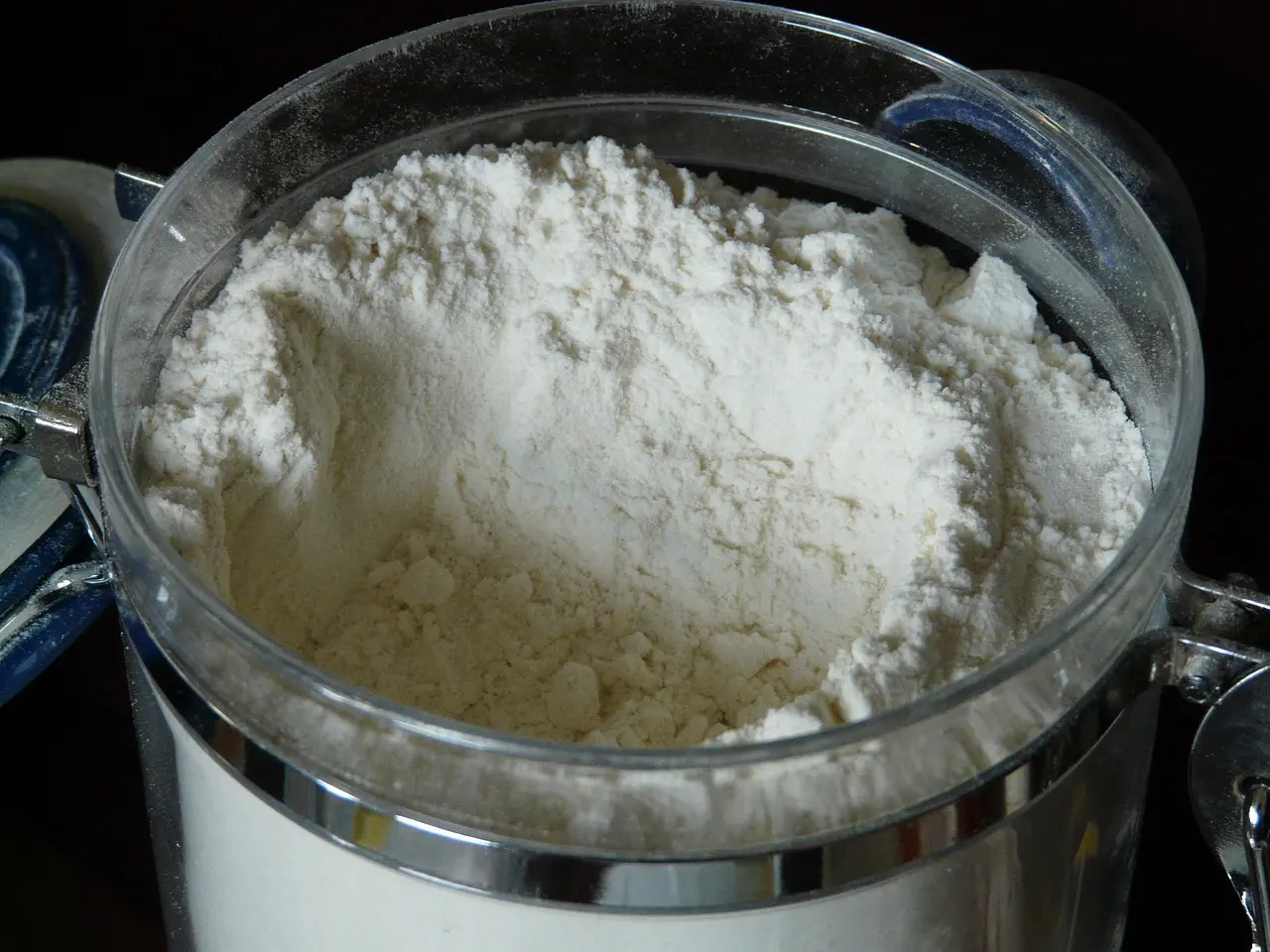If you've ever diligently followed a baking recipe calling for "1 cup of all-purpose flour," only to have inconsistent results, you're not alone. One of the most common culprits behind baking variances is the surprisingly tricky nature of measuring flour by volume. Look up the weight of a cup of all-purpose flour, and you'll encounter a confusing array of answers: some sources state 120 grams, others prefer 125 grams, and some older references or methods might even push it to 130-140 grams! This isn't due to a lack of standardization in weight, but rather the inherent variability of flour's density when measured by volume (cups).
The Core Problem: Flour's Compressibility and Volume Measurement Inconsistency
Flour is, by nature, a compressible powder. The actual amount of flour that fits into a standard measuring cup is heavily influenced by how it's transferred into that cup:
- The "Dip and Sweep" or "Scoop and Sweep" Method: This involves dipping your measuring cup directly into the flour bag or canister and then sweeping off the excess with a straight edge. This action inevitably compacts the flour, forcing more particles into the cup. This method typically yields the heaviest weight per cup (e.g., often 130-140 grams or even more for a US cup). If a recipe was developed using lighter, spooned flour, using scooped flour will result in too much flour.
- The "Spoon and Level" or "Fluff, Spoon, and Level" Method: This technique involves first fluffing or aerating the flour in its container with a spoon or whisk. Then, you lightly spoon the flour into the measuring cup until it's mounded above the rim, and finally, level off the excess with a straight edge without shaking or packing the flour down. This method results in a lighter, less compacted measure and is the technique most baking experts and reputable recipe developers recommend when specifying volume. This method typically yields a weight closer to 120-125 grams per US cup for all-purpose flour.
- Sifting Before Measuring: If a recipe calls for "1 cup sifted flour," you must sift the flour *before* measuring it by volume. Sifting aerates the flour significantly, making it even lighter per cup than the spoon-and-level method.
- Flour Settling and Compaction: Over time, flour in a bag or canister naturally settles and becomes more compact. Flour taken from the bottom of an old bag will be denser than freshly opened or recently aerated flour.
Beyond Measuring Technique: Other Factors Affecting Flour Weight Per Cup
- Flour Type and Brand: While this article focuses on all-purpose flour, it's worth noting that different types of flour (bread, cake, whole wheat, rye, gluten-free blends) have inherently different densities. Even within all-purpose flours, protein content can vary slightly by brand and region (e.g., Southern US flours are often made from softer wheat with lower protein content than Northern or Canadian brands). While these brand differences might lead to minor weight variations per cup, the measuring technique has a far greater impact.
- Humidity: Flour is hygroscopic, meaning it absorbs moisture from the air. On very humid days, flour can absorb ambient moisture, becoming slightly heavier and potentially clumping more. Conversely, in very dry conditions, flour may be drier and lighter. Our post on how humidity affects baking delves deeper into this.
Why Precision with Flour is Paramount in Baking
Baking is often described as a science because the chemical reactions and interactions between ingredients are precise. The ratio of flour to other key ingredients (liquids, fats, leaveners, sugar) is critical for achieving the desired texture, structure, and rise.
Using too much flour (the most common error when measuring by volume) can lead to:
- Dry and Crumbly Cakes & Cookies: Excess flour absorbs too much of the available liquid, resulting in a dry, dense crumb.
- Tough Bread and Pastries: Over-flouring can lead to excessive gluten development, making breads and pastries tough rather than tender or flaky.
- Dense, Heavy Baked Goods: The delicate balance needed for a light and airy texture is disrupted.
Conversely, using too little flour can result in:
- Cookies that Spread Excessively Thin: Insufficient flour means less structure to hold the cookie's shape.
- Cakes that are Overly Moist, Gummy, or Lack Structure: The batter may be too wet, leading to a poor set.
- Runny Batters and Doughs: Making them difficult to handle and shape.
The Unbeatable Solution for Flour Measurement: Weigh Your Flour!
The most reliable, consistent, and universally understood method to ensure you're using the correct amount of flour is to measure it by weight using a digital kitchen scale. Most professional bakers and an increasing number of modern, meticulously tested recipes provide flour measurements in grams (g) or ounces (oz) for precisely this reason. When you weigh flour, you bypass all the variables of compaction and measuring technique.
Commonly Accepted Weight Standards for All-Purpose Flour (based on US Cup, ~237ml):
- King Arthur Baking Standard: 120 grams per US cup (approximately 4.25 ounces). This is a widely adopted standard, assuming a properly spooned and leveled measurement.
- Other Common Averages: Many sources and brands hover around 125-128 grams per US cup.
For Metric Cups (250ml), the weight for all-purpose flour would typically be around 125-135 grams, reflecting the slightly larger volume of a metric cup.
Using Our Conversion Charts as a Guide
To help you navigate recipes that only provide volume measurements, or to understand the typical weight equivalents, our KitchenCalculator.app offers detailed charts:
Printable All-Purpose Flour: US Cups to Grams & Ounces Chart
Printable All-Purpose Flour: Metric Cups to Grams & Ounces Chart
While the "spoon and level" method is a significant improvement over simply dipping and sweeping your measuring cup, investing in an inexpensive digital kitchen scale and embracing weight measurements for flour is the single most impactful change you can make to achieve consistently successful and professional-quality baking results every time. Say goodbye to flour guesswork and hello to baking confidence!
 « Back to Blog Index
« Back to Blog Index